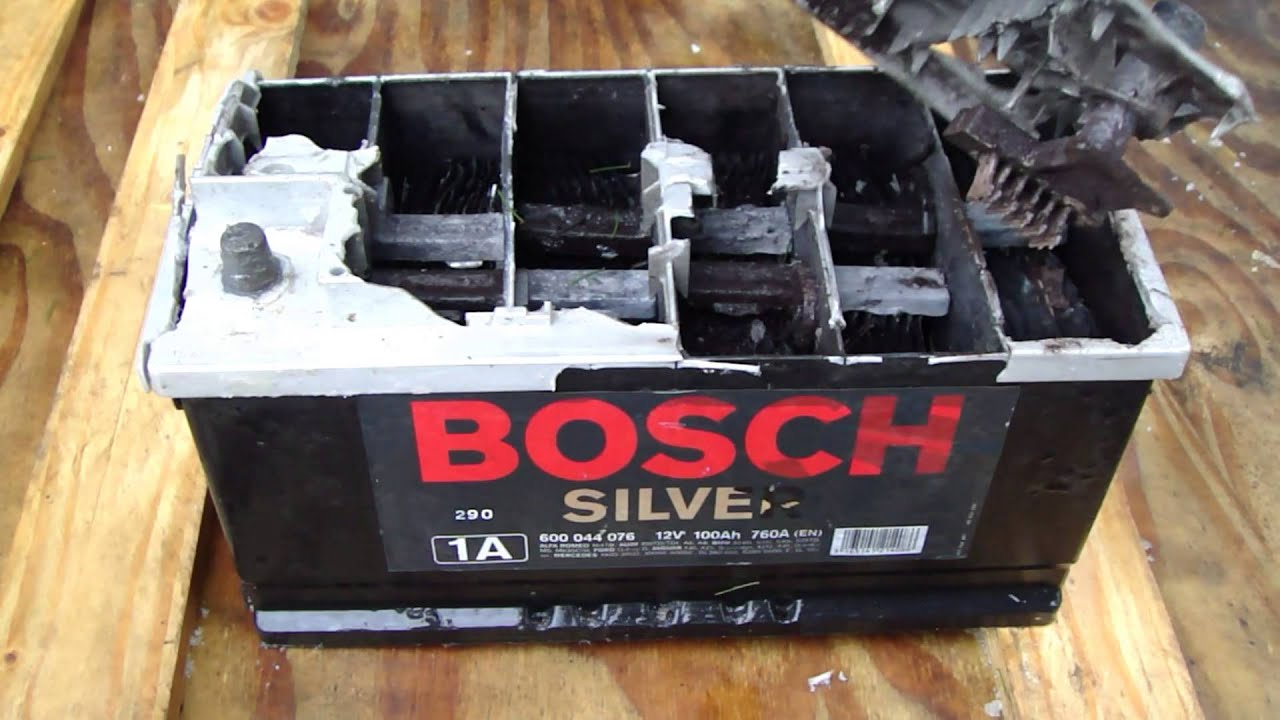Most of us have some knowledge of how to remove, change or store a car battery, but how many of us actually know how a car battery works? I would wager the answer is, very few. If you were ever curious about the inner workings of your vehicle’s power source, this is the article for you!
What Does the Battery Do?
When you turn the key in your vehicle’s ignition, a series of chemical reactions occur inside the battery to generate electrons. To ensure the continuous electrical output, your alternator will continue generating free electrons and store the overflow.
The Internal Workings of the Car Battery
A standard battery contains 12 grids on six SLI battery cells, which means two grids per cell. One of the grids is made up of lead as a single element, and the second grid an oxide of lead. In total, a battery emits 12 volts of power, with each cell emitting two volts. Both grids are submerged in a sulphuric acid solution. The ensuing chemical reactions produce the electricity that powers the car.
Your car battery not only just emits electrons that produce energy, but also uniformizes the supply of electricity to maintain the vehicle’s functioning. It also can store charges for future use.
How Does A Car Battery Charge?
Users will need to charge the car battery promptly to prevent it from going flat, that’s why a reliable charging method is necessary. Without this, when the battery supplies the energy required to run a car, it will certainly die.
In a typical modern car, the alternator charges the battery while it’s in use. But in older car models, it’s the dynamo carries out the charging duties. Both are dependent on a belt-driven system from the engine that turns the rotor in the alternator cables.
The rotor gains electrons by magnetization of little particles when a copper carbon scratches an iron clip ring on the beam. The turning of the electromagnet inside the stator coil is what produces the electricity inside them.
The flow of electrons that produces electricity is alternating. That means it flows forward and backward, depending on the direction of the rotor. But for better efficiency, it needs to be rectified to make a direct current.
The dynamo works with direct current but not as efficient as the engine speed. But one thing for sure is that it is heavier than an alternator.
When it doesn’t charge properly, the dashboard turns bright indicating a warning sign. This happens most time when the engine shuts down.
How A Car Battery Stores Energy
A quick flow of electrons from the terminals hit the car engine, making the alternator begins to supply electrons. The Volta’s zinc-copper-saline battery does not reverse the electron reaction quickly like the Plante’s lead-lead oxide-H2SO4 battery.
Excessive electrons generated goes into the solution, which gives it off to the terminals to produce electricity. This series of back and forth reactions has been used over time and can be said to be a dependable source of power for cars. It’s so efficient that there hasn’t been a need for a better method.
However, make sure to always recycle your old batteries to limit your impact on the environment.
How Does A Car Battery Regulates Current?
The alternator produces an alternating current, which is turned to direct (rectified) by diodes that permits the flow of electrons in a single direction. The regulator inside the alternator ensures that the supply of voltage is a stable one. Both devices are contained inside or outside the alternator.
We hope that information provided in this article has given you a deeper insight into the inner workings of your vehicle’s source of power. If you need further information, don’t hesitate to get in touch with the experts over at Battery Stop today.


